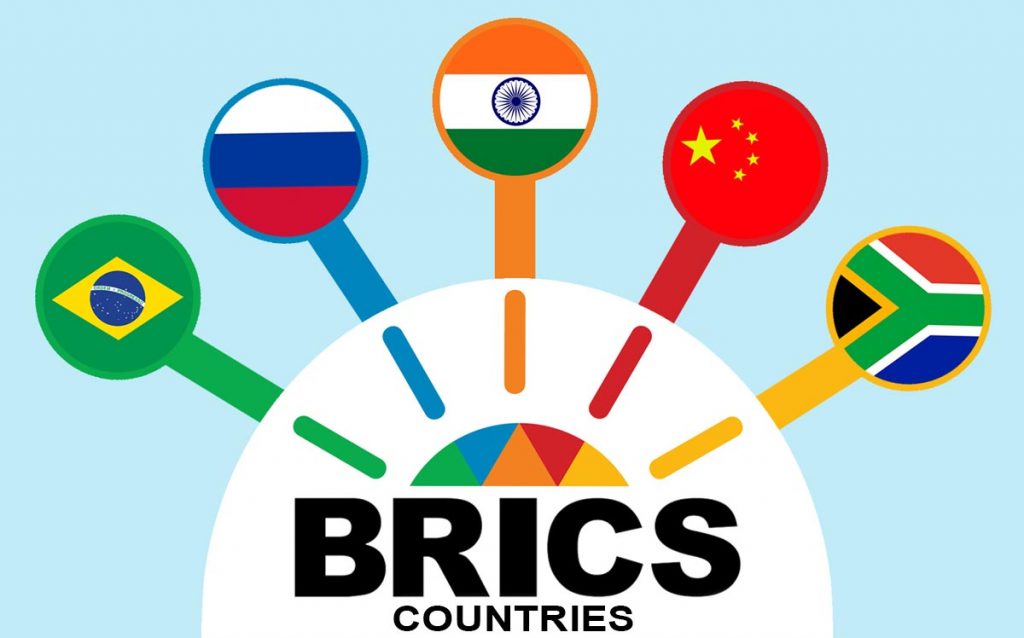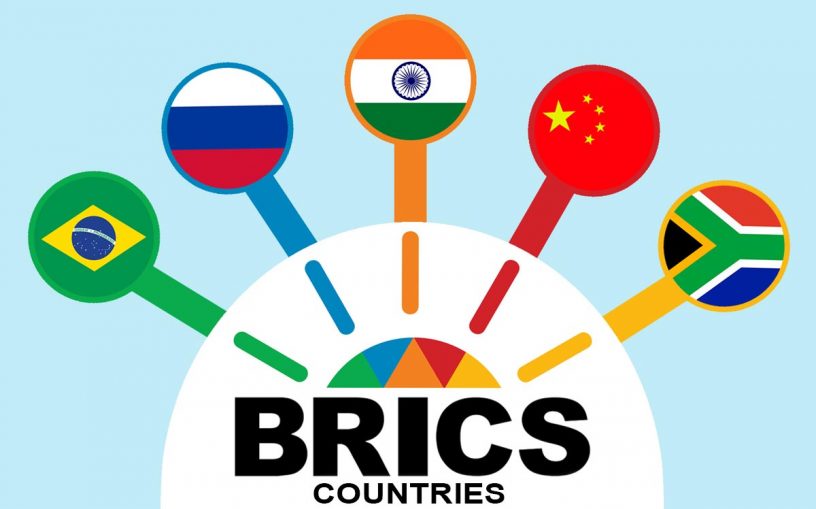
By importing green technologies, the state of hygiene of the labour force can be maintained, and this import need has been generated by the present state of human development in BRIC nations, say the researchers.
Authors:
Sudipta Sen, Assistant Professor, Jindal School of Banking & Finance, O. P. Jindal Global University, Sonipat, Haryana, India.
Avik Sinha, Associate Professor, Goa Institute of Management, Poriem, Sattari, Goa.
Summary:
The recent spate of disasters has again brought the issue of global warming to the forefront. Turkey, experienced a temperature of 49.1°C, the highest ever recorded in the country. Belgium, the Netherlands, Switzerland and Germany suffered a weather catastrophe that had turned entire towns into rivers. In China, the city of Zhengzhou experienced a year’s worth of rain in three days. According to WMO, all these disasters are a result of the fact that the earth is 1.1 to 1.3°C warmer than the pre-industrial era.
One of the major indicators of a warmer earth is the concentration of carbon dioxide in the atmosphere. To contain the concentration of carbon dioxide, the Kyoto Protocol was signed with the objective to minimise the damage of global warming and climate change by taking steps to reduce greenhouse gases emissions. Although the BRIC (Brazil, Russia, India, China) countries signed the Kyoto Protocol, environmental concerns still remain due to their growth potential. The World Bank data on carbon dioxide emission shows that BRIC countries emissions increased for these economies for the period from 2011 to 2015, with Brazil growing at 1.15%, Russia 12.6%, India 1.7% and China 6.7% (World Bank, 2015). These four countries, with a combined population of 3 billion people and a GDP of $16tn, will have a huge direct impact on global emissions.
In the light of the growth potential of these countries, a pertinent question is the amount of climate damage these countries may pose, and what policy decisions can be taken to mitigate the impact. In order to answer these questions, in our paper, we examined the causal associations between economic growth, carbon dioxide emissions, human development, and trade volume using simultaneous equation panel data model for BRIC countries. We used structural equations to examine the influence of (i) carbon dioxide emission, trade volume, human development, and other variables on economic growth, (ii) economic growth, trade volume, human development, and other variables on carbon dioxide emissions, (iii) economic growth, carbon dioxide emissions, human development, and other variables on trade volume, and (iv) economic growth, carbon dioxide emissions, trade volume, and other variables on human development.
Published in: Hindustan Times
To read the full article, please click here


